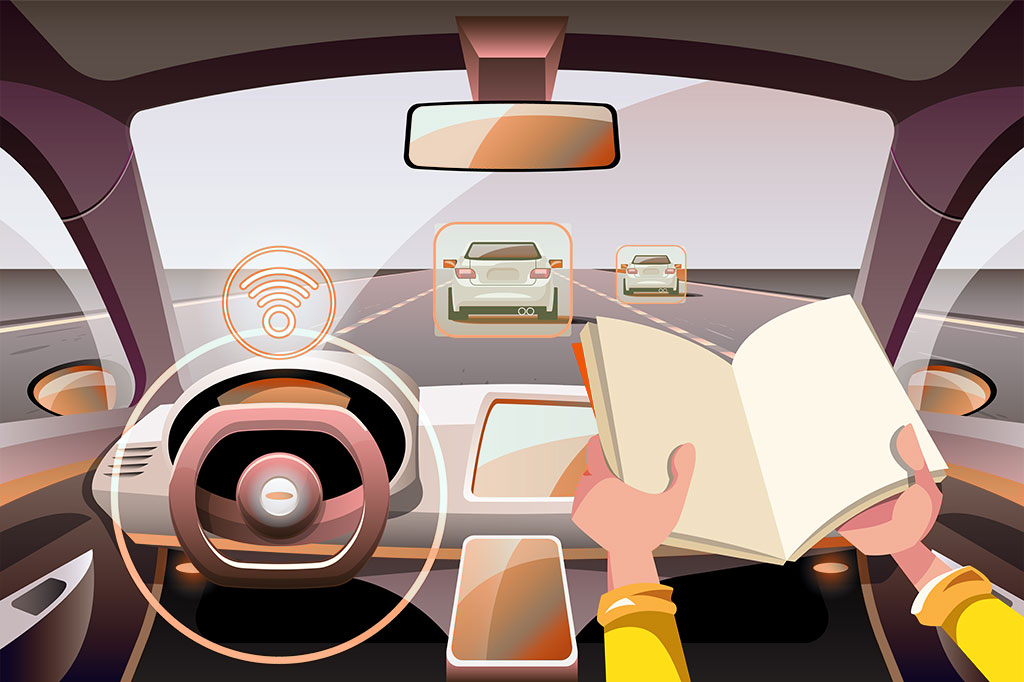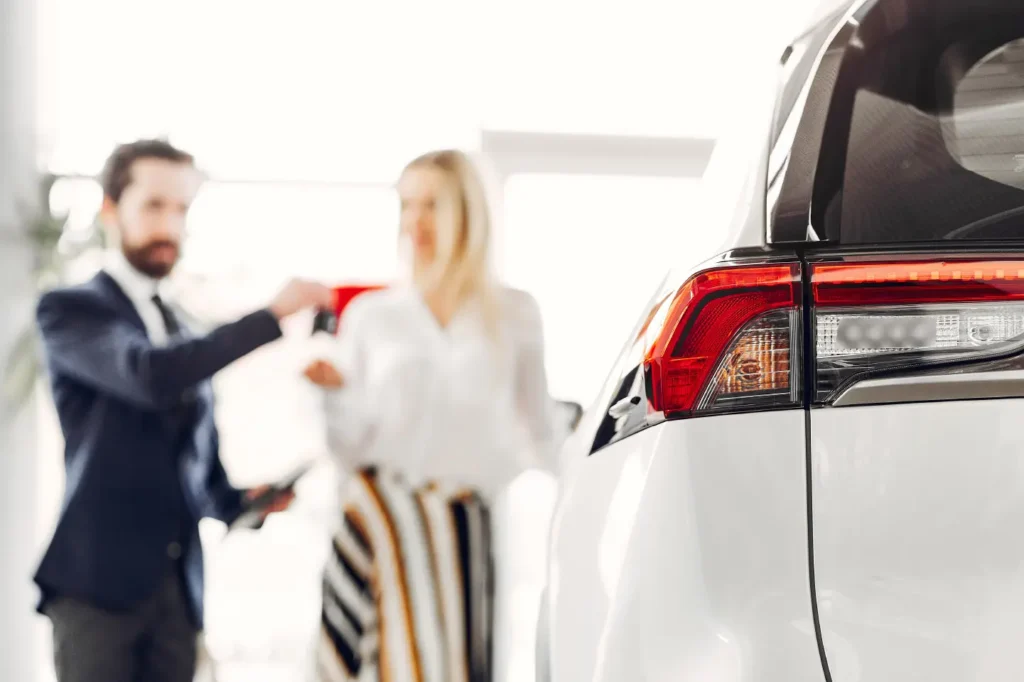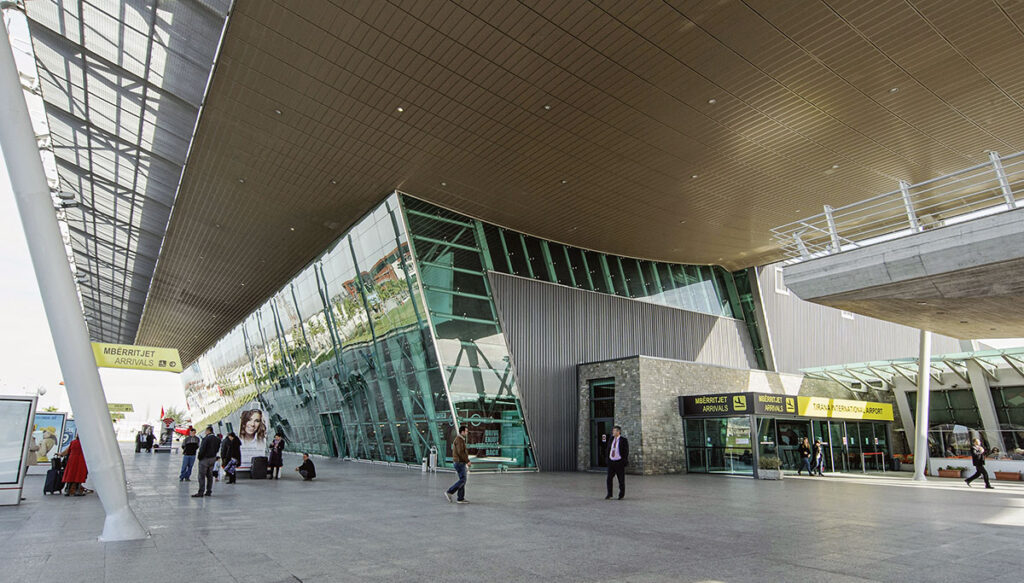The automotive industry is at the forefront of innovation, and producers want to provide their clients with cars that improve the driving experience. The passenger car market has evolved significantly over the years, but aside from the digitization of dials and instruments like the speedometer and the use of GPS, which has facilitated route finding, the general layout of dashboards and the role of drivers has stayed largely unchanged over the past 100 years.This will soon change with the development and implementation of connected cars, which will be shaped by how people interact with their cars and communicate with the outside world. The linked elements of the automobile will provide a radically different experience for the driver and passenger from the minute the door is unlocked until it arrives at the destination, eliminating many of the current pain points.
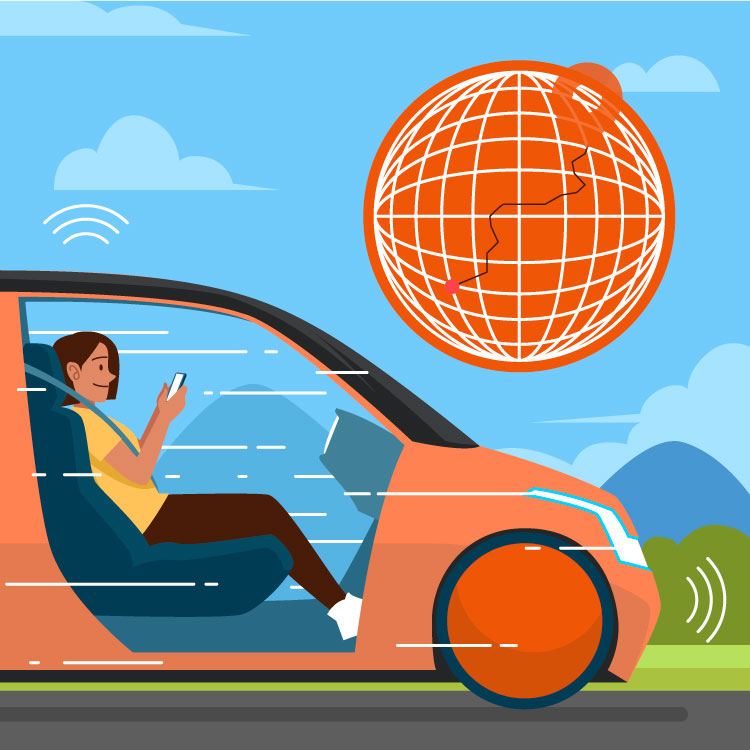

Drivers, data, and onboard assistants
As onboard digital assistants advance, many of the buttons and dials that clutter dashboards will be eliminated, enabling voice control over anything from cabin temperature adjustments to route optimization for drivers and passengers. Connected automobiles will be able to learn preferred routes for routine trips. As soon as the driver gets in the car, it will alert him to any reported issues along the route and provide several alternate routes that still permit the regular coffee break. Potentially, connected transportation could eliminate the annoyance of dealing with traffic bottlenecks and unforeseen delays.Even if everything is clear, the car might let the driver know if any establishments along the way are having a special on coffee that day. If it means saving a few bucks, he might decide to make a tiny detour to save some money. From the merchant’s standpoint, linked cars present additional chances for direct marketing to nearby drivers because passengers may even use their travels to place online shopping orders via the car’s voice-activated features or displays. The utilization of highly customized advertising based on location, individual habits, and vehicle status will be made possible by the combination of driver-specific data and route preferences. This could help local businesses grow by promoting local merchants and attractions, especially to visitors who are traveling from outside the area.

Not only does this increase safety, but it also has the potential to shift the usage of cars from ownership to a mobility-as-a-service paradigm. This gives companies the chance to upsell services to clients who are just passing through, which might be very important in the future when individuals have more free time.

Improved connectivity will also allow for a smooth in-car entertainment experience that doesn’t end when the drive is done. The seamless link between the devices allows an occupant to pick up where they left off in the driveway when they are viewing a movie on the car screen and arrive home while it is still streaming.
Breakdowns and bugs
Improved connectivity will also impact how mechanical problems and malfunctions are resolved. Many car owners in the past, and occasionally even in the present, would simply keep driving when a warning light appeared and hope it would go away. Owners and service centers will be able to address mechanical concerns ahead of time thanks to the centralization of records and real-time access to telemetry and repair logs. By taking this proactive measure, minor car issues will be prevented from growing into more significant and possibly expensive ones.

Improved connectivity will also impact how mechanical problems and malfunctions are resolved. Many car owners in the past, and occasionally even in the present, would simply keep driving when a warning light appeared and hope it would go away. Owners and service centers will be able to address mechanical concerns ahead of time thanks to the centralization of records and real-time access to telemetry and repair logs. By taking this proactive measure, minor car issues will be prevented from growing into more significant and possibly expensive ones.The always-on connectivity of smart cars also guarantees that comprehensive information can be obtained regardless of when and where problems arise, in case there are more serious failures while driving. By doing this, drivers will be routed to the most appropriate and well-equipped service center for the task at hand. Additionally, it can make scheduling and performing routine maintenance easier, and manufacturers will be able to identify more common problems with certain automobile models more rapidly.
Connected motorways
Soon, traffic control devices, other street furniture, and roadside signage will all be a part of this linked network. Unexpectedly, vehicle-to-everything (V2X) connection is developing more quickly than anticipated. The UK just said this month that by 2021, it will start testing connected infrastructure on its highways.
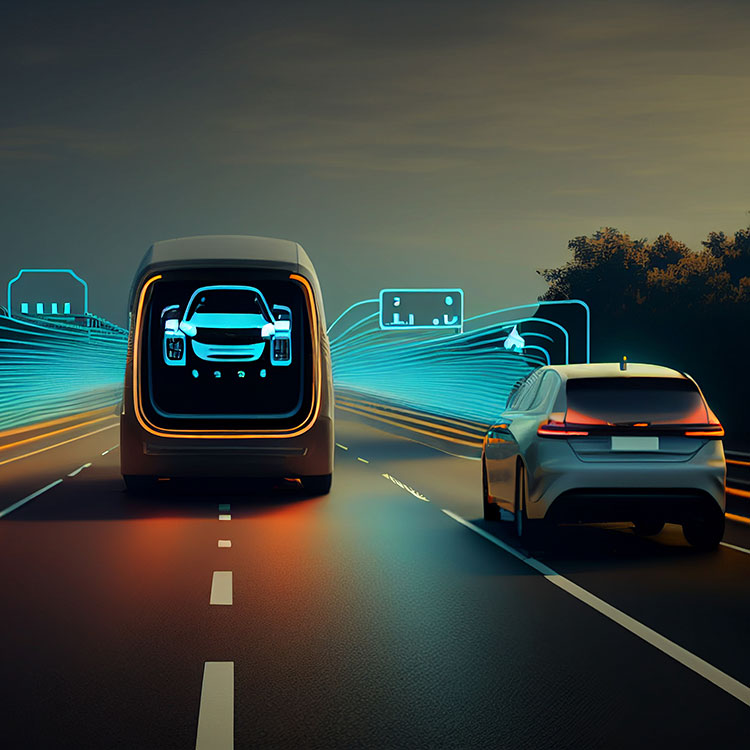
When more transport infrastructure elements communicate with one another, more than only traffic will flow more seamlessly. Better-informed emergency services and recovery vehicles will be able to respond more quickly, and insurers will have a far clearer picture of what happened during accidents and incidents, including who was driving each vehicle and which firms have insured the other vehicles involved.
Without considering top-notch infrastructure, it is impossible to design for the connected car of the future. In the past, solutions have depended on physical SIMs, which have made updates difficult and tied owners to a single operator for the duration of the vehicle. Many think that in order for drivers, automakers, and the many other stakeholders in the automotive sector to fully realize the benefits of a connected automobile ecosystem, a uniform approach to connectivity is necessary.

According to a recent research, there will be 200 million embedded-connected cars worldwide by 2025, up from 110 million in 2020. More dependable infrastructure will make it possible for a wide range of highly customized in-car features and services, which will only get more and more beneficial as more cars get linked. This is important as the connected vehicle market continues to expand and change. Connected transportation has a bright future ahead of it, changing not only our roads but also the way we travel on them.
